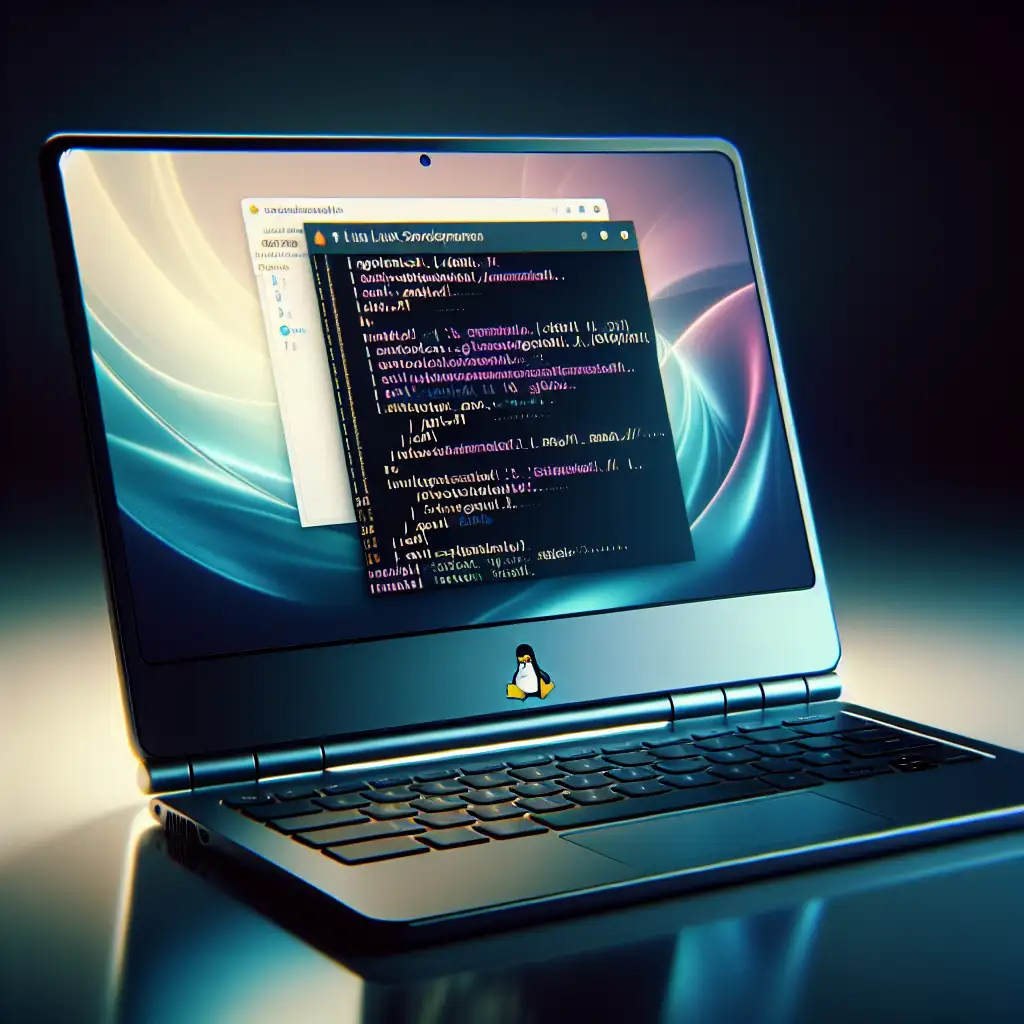How to Seamlessly Transition Your Chromebook into a Full-Fledged Linux Development Environment
Forget the myth that Chromebooks are just for browsing. Discover the exact steps to convert your device into a professional-grade Linux workstation without sacrificing simplicity or performance.
Chromebooks have long carried the reputation of being lightweight, secure, and perfect for web browsing and productivity apps—but not exactly ideal for serious development work. However, as Chromebooks grow in popularity among developers and tech enthusiasts, the ability to unlock their Linux capabilities is transforming these sleek devices into powerful coding machines.
If you’re ready to break free from Chrome OS limitations while maintaining a streamlined workflow, this post is for you. I’ll walk you through how to transition your Chromebook into a full-fledged Linux development environment — step-by-step, no jargon, no fuss.
Why Use Linux on Your Chromebook?
Before diving in, let's quickly cover why Linux is a game-changer on Chromebook:
- Access to full development tools: Run editors like VS Code, compilers like gcc/g++, scripting environments, Docker containers, and even advanced utilities.
- Greater control & customization: Unlike Chrome OS’s sandboxed environment, Linux lets you configure your machine exactly how you want it.
- Work offline seamlessly: Develop and compile code without relying on internet connectivity.
- Lightweight and efficient: Linux runs smoothly even on lower-spec Chromebooks.
Step 1: Enable Linux (Crostini) on Your Chromebook
Google has built-in support for running Linux apps via “Crostini,” which uses lightweight virtualization. Here’s how to get started:
- Open Settings on your Chromebook.
- Scroll down to Linux (Beta) and click Turn On.
- Follow the prompts to install. This process sets up a Debian-based Linux container on your device.
- Once installation is complete, a terminal window will open—this is your gateway to all things Linux!
Note: If you don’t see the option for Linux (Beta), check if your Chromebook supports it or if it needs an update.
Step 2: Update & Upgrade Your Linux Environment
Like any fresh Debian install, always start by updating software repositories:
sudo apt update
sudo apt upgrade -y
This ensures bug fixes and latest security patches are applied.
Step 3: Install Essential Development Tools
You’ll likely need build essentials and common tools right away:
sudo apt install build-essential git curl wget -y
build-essentialinstalls gcc/g++ compilers and make utility.gitallows version control.curl&wgethelp fetch data from the internet via command line.
Step 4: Set Up Your Favorite Code Editor
For serious development, you want an editor tailored for coding:
Visual Studio Code
Microsoft provides an official Debian package of VS Code which installs seamlessly.
Download and install VS Code with:
wget -qO- https://packages.microsoft.com/keys/microsoft.asc | gpg --dearmor > microsoft.gpg
sudo install -o root -g root -m 644 microsoft.gpg /usr/share/keyrings/
sudo sh -c 'echo "deb [arch=amd64 signed-by=/usr/share/keyrings/microsoft.gpg] https://packages.microsoft.com/repos/vscode stable main" > /etc/apt/sources.list.d/vscode.list'
sudo apt update
sudo apt install code -y
rm microsoft.gpg
Alternatively, simple editors like vim, nano, or emacs are available out of the box:
sudo apt install vim nano emacs -y
Once installed, open VS Code either by typing code in your terminal or find it under your Chrome OS launcher.
Step 5: Configure Language Runtimes
Depending on what kind of development you do, here are commands for popular languages:
- Python
sudo apt install python3 python3-pip -y
pip3 install --user virtualenv
- Node.js
curl -fsSL https://deb.nodesource.com/setup_18.x | sudo -E bash -
sudo apt install nodejs -y
- Java
sudo apt install default-jdk -y
For other languages such as Ruby or Go, similar installation commands exist.
Step 6: Use Chrome OS Filesystem Smoothly in Linux
One key feature that makes developing on a Chromebook easy is access to your Chrome OS files from within the Linux container.
- Open the file manager inside Chrome OS.
- Right-click folders and choose “Share with Linux.”
- These folders become accessible under
/mnt/chromeos/MyFiles/.
This way you can edit project files using Linux tools without copying them back-and-forth.
Bonus Tips To Power-Up Your Setup
Enable GPU acceleration: If you’re developing graphics-heavy applications or doing machine learning work, explore GPU passthrough options with Crostini.
Use Docker: Containerization helps manage complex dependencies – Docker runs well inside Crostini now.
sudo apt install docker.io -y
sudo usermod -aG docker $USER
newgrp docker
docker run hello-world
Add Keyboard Shortcuts: Customize shortcut keys both in Chrome OS and within VS Code for efficient coding workflow.
In Summary
Chromebooks are no longer mere browsers; with Google’s native Crostini support and a bit of setup magic, they become sleek but powerful Linux-based developer machines. Whether you’re writing Python scripts at a café or compiling C++ projects at home — this lightweight laptop can handle it all without losing that signature Chromebook simplicity.
Try these steps today and unlock a professional-grade development environment right at your fingertips!
Have questions or want me to cover setting up specific stacks? Drop a comment below! Happy coding!
